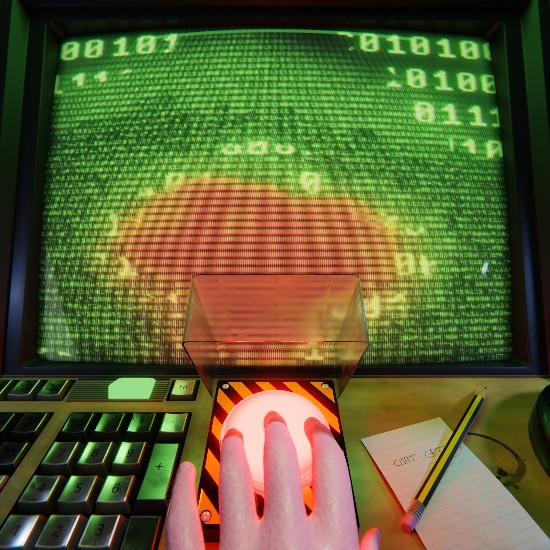I started writing about how technology has changed warfare back in 2012. At the time, I planned eight postings on the subject but only finished three. A fourth got started and never finished, that is, until now.
It all started with World War Two which laid the foundation for the computing world we live in today. From the machine conceived of by Britain’s Alan Turing in 1936 to the invention of the Internet that connects all of us today, it was military-funded research that provided the money to drive innovation in the field. War it appears remains the mother of invention when it comes to technological advancements as it has with computing.
Modern Computing Owes its Existence to War
Before computers analog machines and people were doing the calculations that our advanced technologies do today. NASA called its mathematicians who calculated launch, orbit and reentry paths, computers. That’s right. Computers were people before they became machines.
Mechanical computing systems preceded the electronics-based systems. Alan Turing’s computer at Bletchley Park where the British broke the German Enigma code, featured valves as switches. Its successor, Colossus, used telephone selectors. Then came vacuum-tube logic circuitry in the 1950s. These preceded the transistor, invented in 1947, but not appearing in an operational commercial computing system until 1955.
Today, billions of transistors can be found on the silicon chips that are the central processing units (CPUs) of modern computers. These chips serve military purposes, found in computer-guided smart shells, missiles and drones. The guidance systems feature built-in terrain mapping software or rely on global positioning satellite networks to hone in precisely on targets.
The main countermeasures of past wars, artillery, aircraft, and anti-aircraft guns, are being replaced by software tools that target weapons and the ordinance they fire. The wars of the 21st century include computerized weapons with humans in control. The wars of the future may eliminate humans entirely.
The Internet Owes its Existence to War
Even the ubiquitous Internet is a product of war planning with its precursor called ARPAnet, (decommissioned in 1989) a U.S. Department of Defense advanced research project. One of its key purposes was to win current and future wars. Before the Internet, I used ARPAnet in 1989 I had a Pine email account, a home computer and a modem. The first text-only web browser followed in 1990, called WWW, an acronym for World Wide Web. Later WWW became Nexus. It was followed in 1991 by Mosaic, the first browser capable of displaying text and images.
Would we have seen this rapid development in computing and the interconnectivity of the entire planet without war? In time, likely. But war brought energy and money to invention and gave us what we have today.
Does Artificial Intelligence Owe its Existence to War?
If we consider the work of Alan Turing then war could be considered the birthplace of artificial intelligence (AI). The Turing Machine is named after him. It never was a physical device, just one proposed by Turing in a paper he wrote in 1936, three years before the outbreak of World War Two in Europe. Turing described a digital device that could analyze and compute. In his paper, he described information fed into the device in mathematical terms, 0s and 1s, the binary code that has become the basic machine language used in computer programs to this day. That the paper preceded the outbreak of war, didn’t mean that Turing’s musings were relegated to a desk drawer. The decrypting technologies he devised along with others at Bletchley Park reflected some of what he envisioned.
In 1950, Turing proposed a test which he called the Imitation Game. Also known as the Turing Test, it was designed to see if a human could distinguish in a conversation between a machine and humans during a natural language conversation. The conversation took place on a computer keyboard with a screen. So the machine couldn’t be betrayed by speaking. If in the test, the human could not tell whether he or she was talking to a machine or another human, then it was said that the machine had passed the test.
Today’s OpenAI ChatGPT, Google’s BARD, and even Siri, Alexa, and Google Home Assistant are the progeny of Alan Turing’s conjectures, musings and papers. Recently, ChatGPT demonstrated that it could fool a human in a conversation. It passed the Turing Test. Other AIs are capable of doing the same and will soon follow.
Finally, AI is now incorporated into 21st-century warfare with software like that developed by Palantir and Donovan providing command and battlefield management tools that incorporate smart technology to communicate and interact with soldiers in the field and with command and control centres. This is war fought with AI assistance and despite some concerns raised about the fog of war, likely will become part of wars fought in the near future.
The question left is when will future wars have AIs fighting each other? That’s where it could soon head as humans on the battlefield get replaced by intelligent but disposable weapon systems with AI commanders moving these smart pieces around as if they are playing a game of chess.









